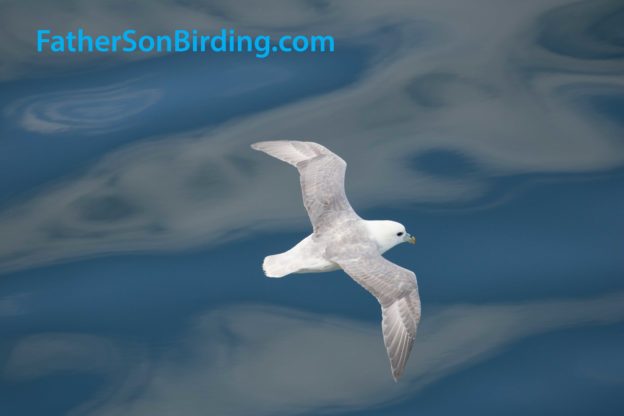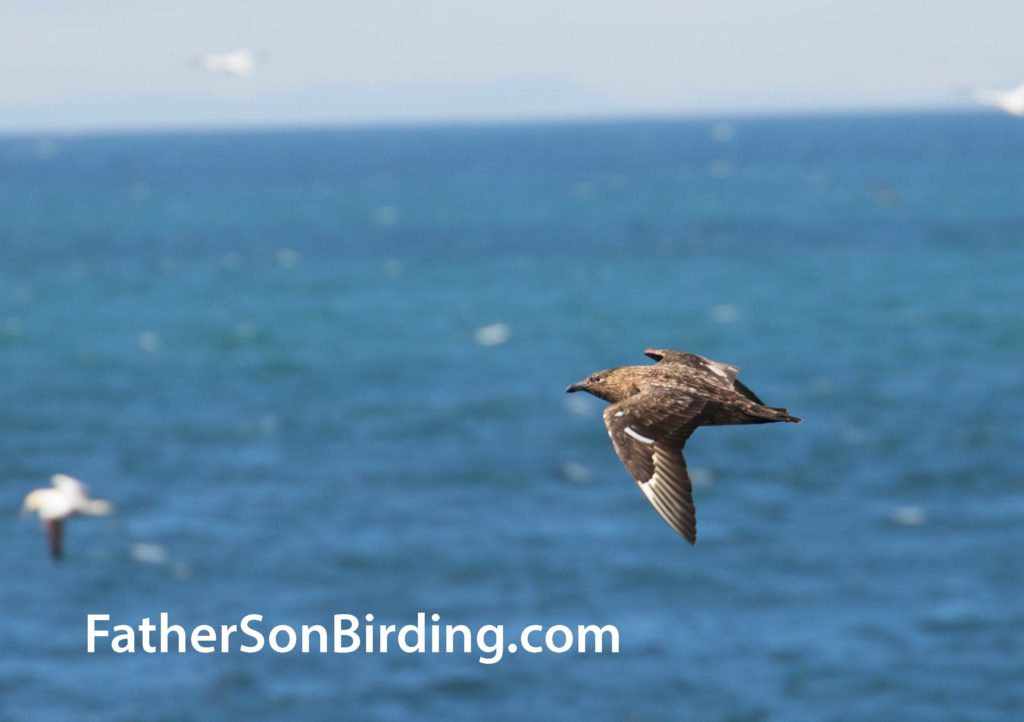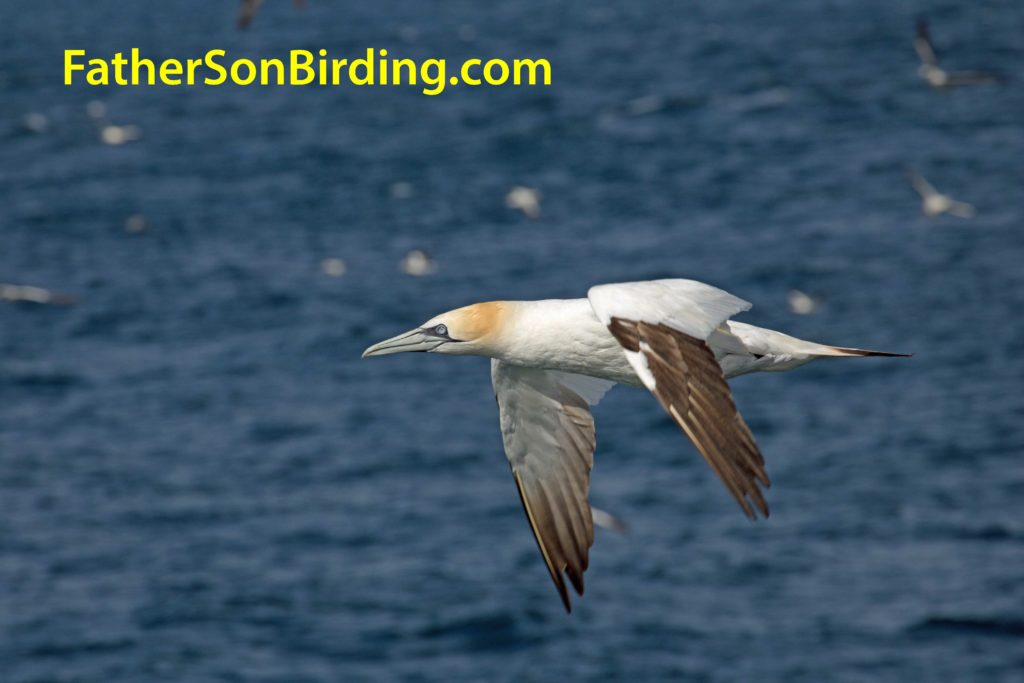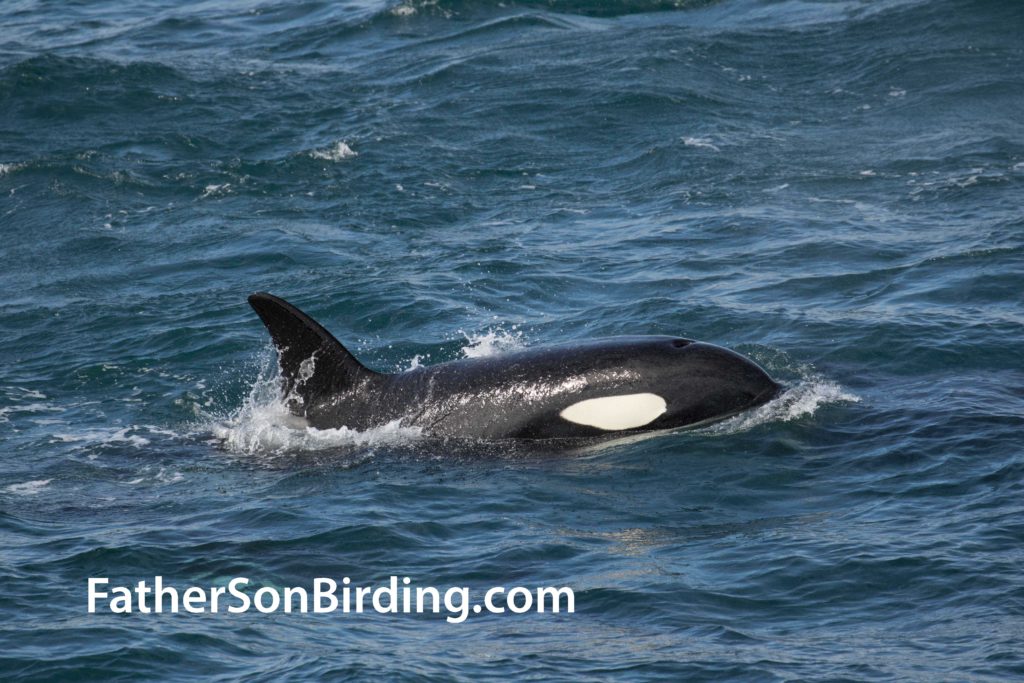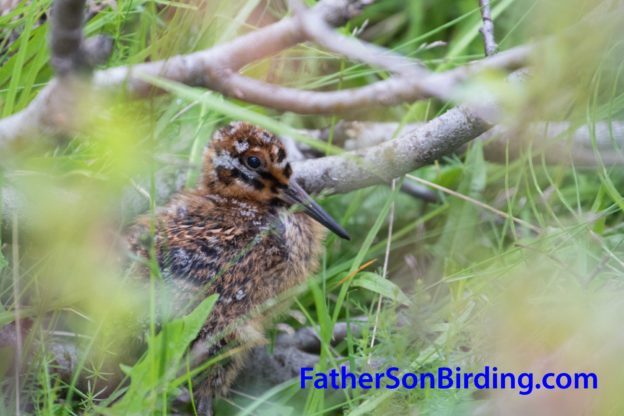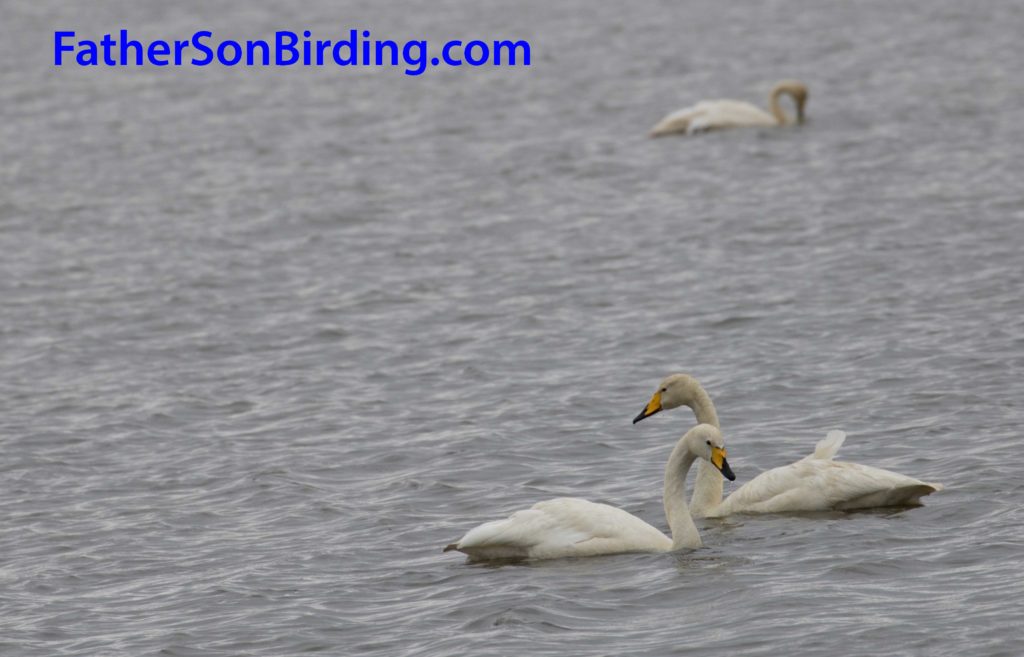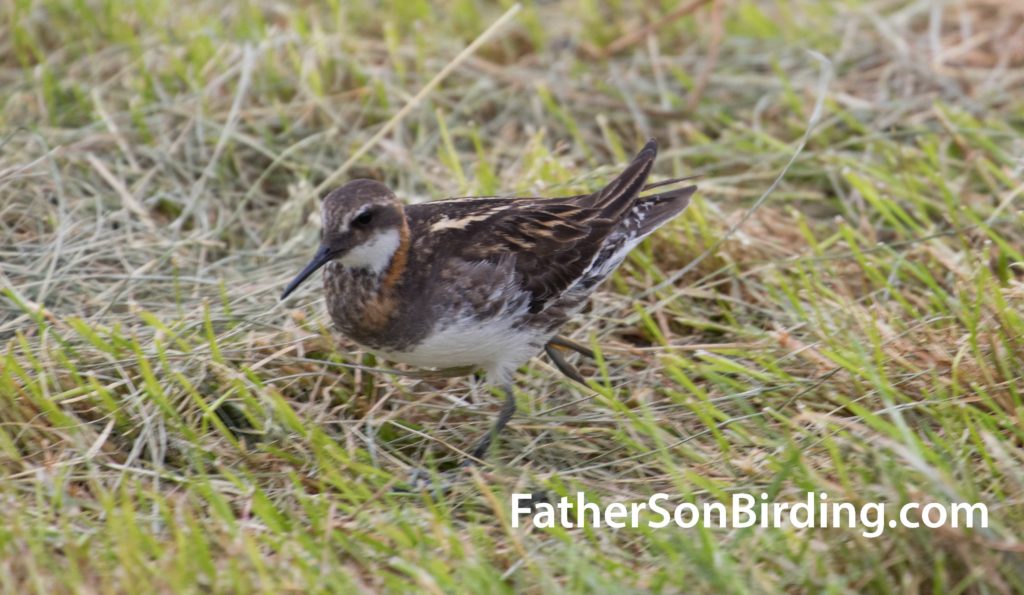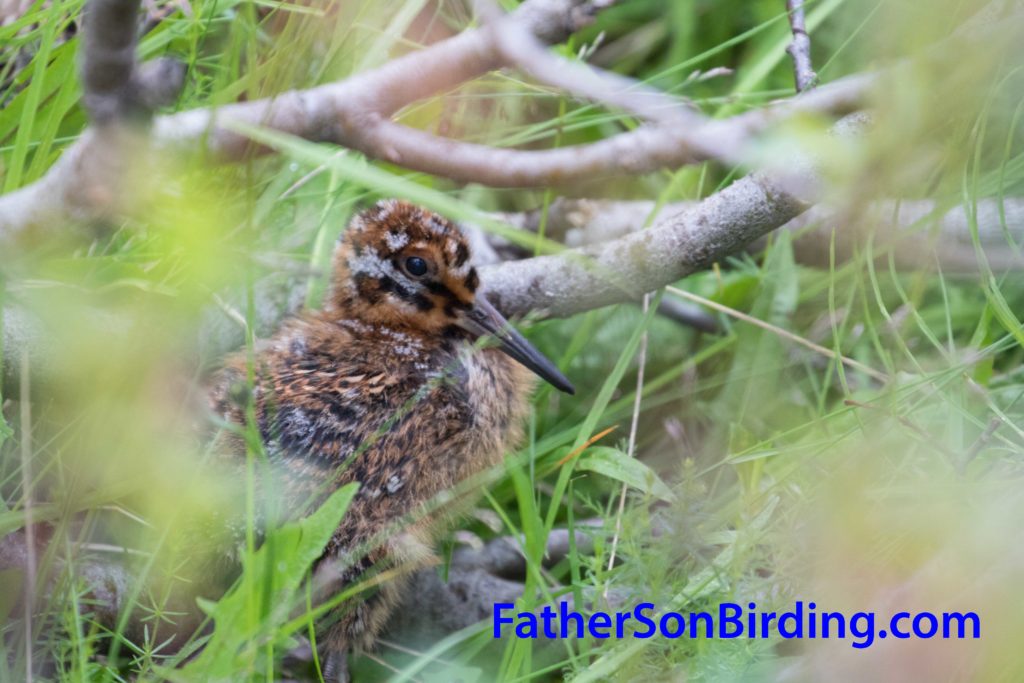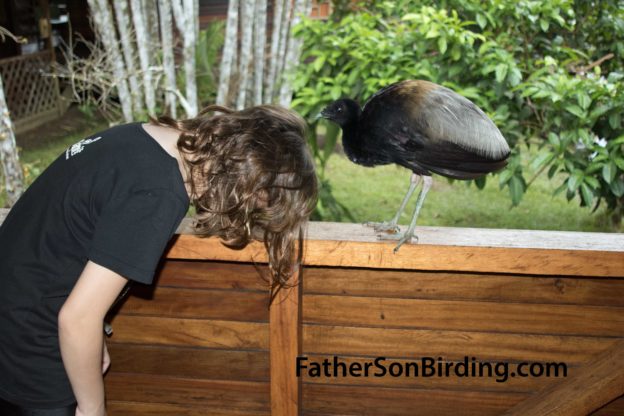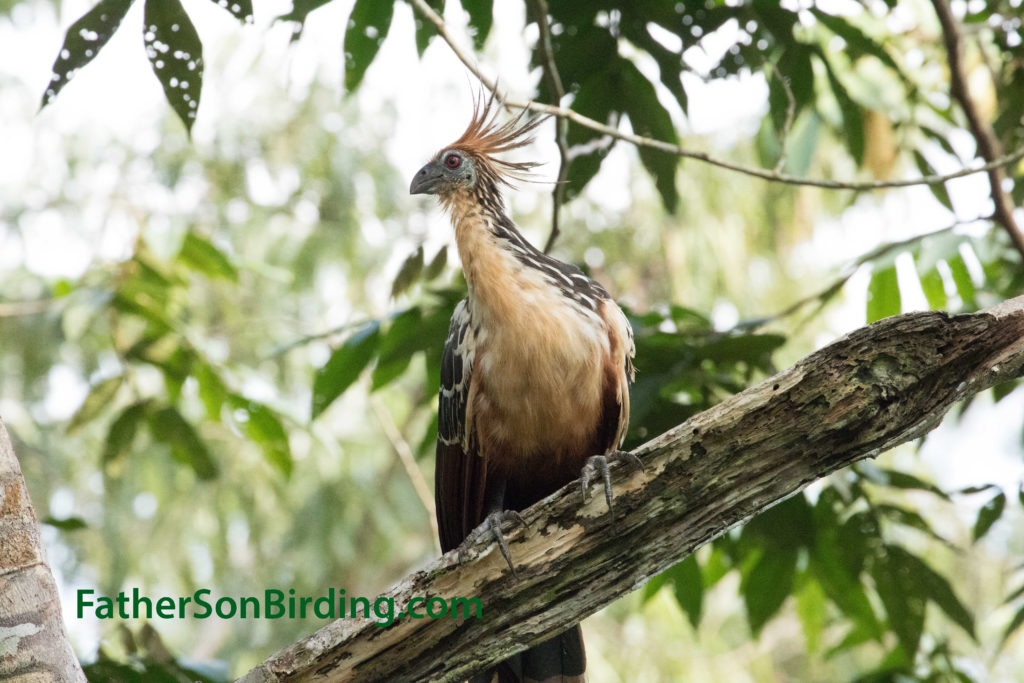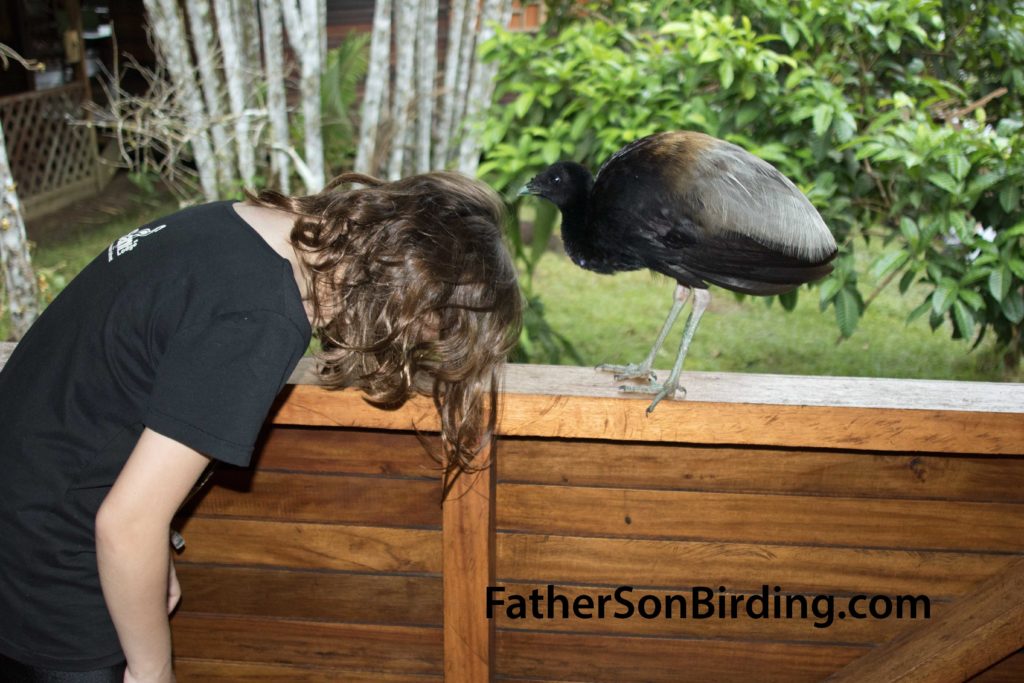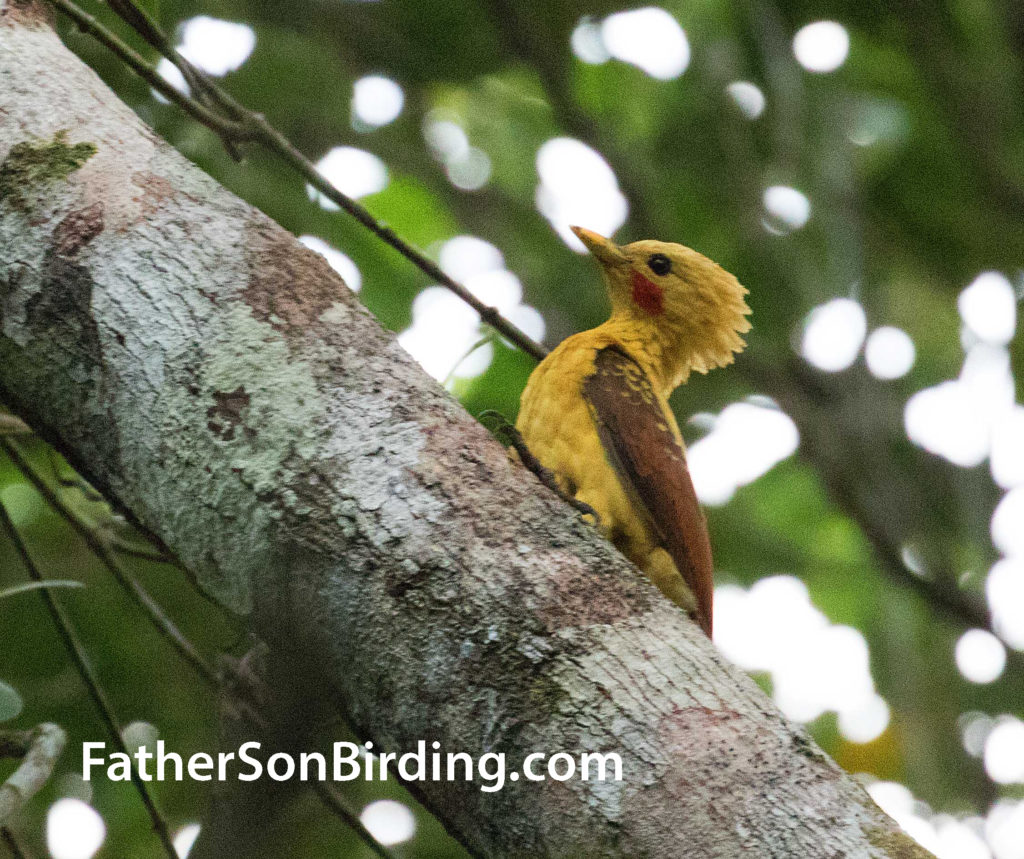This year my daughter Tessa and I decided that for our daddy-daughter trip we should take Amtrak to the Land of 10,000 lakes. You got it. Minnesota! Our primary purpose was to visit my brother, his wife, and their two-year-old son, but we also timed our visit for an event I’d always wanted to see: the Minnesota State Fair.
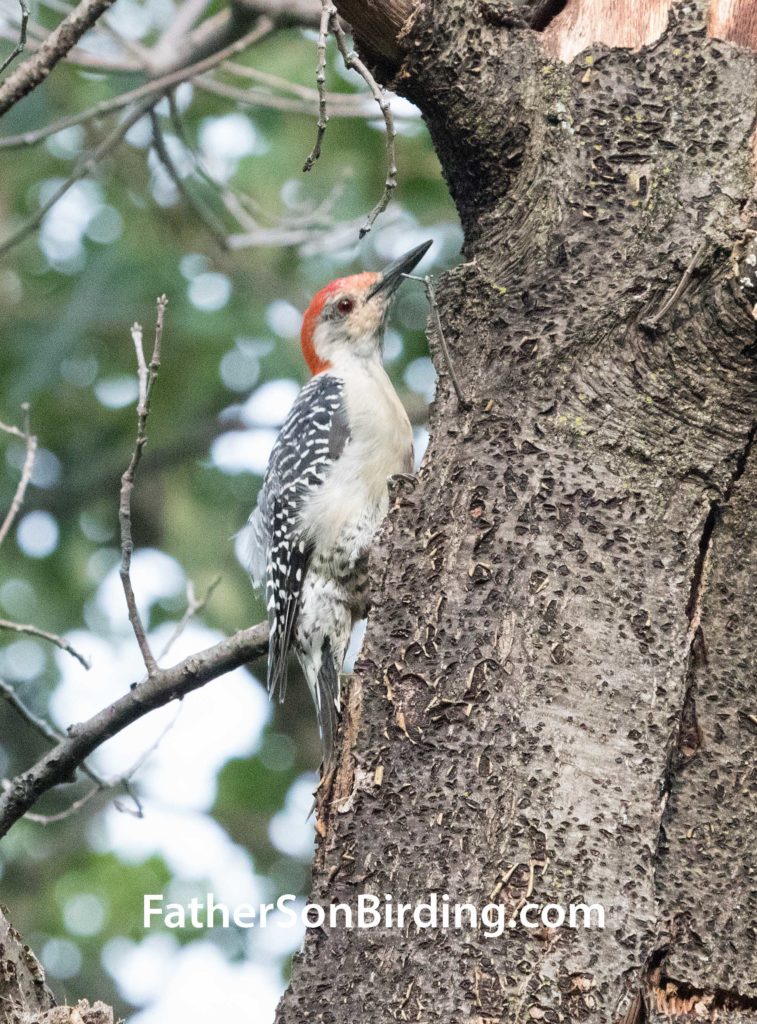
For us Westerners, Red-bellied Woodpeckers are always a treat and I was glad to see a few during my week in Minnesota. (Photo by Sneed B. Collard III)
I must be clear: this was not a birding trip, but as always, birding opportunities presented themselves and I came prepared. Especially since it was fall migration, I arrived in Minneapolis hoping to see a slew of warblers and other songbirds not easily found in Montana. My first morning there, while Tessa slept in, I stole my brother’s car and headed to a promising eBird hotspot, Westwood Hills Nature Center. I arrived optimistically, a feeling that blossomed when I encountered a group of birders who reported that they’d just seen more than half a dozen warbler species including Chestnut-sided, Black-and-White, Bay-breasted and American Redstart. Unfortunately, as soon as I arrived, the warblers vanished. Argh! I did find a Northern Waterthrush skulking in an overgrown pond and managed a Lifer, Philadelphia Vireo, but departed asking myself what could have been.

Sharks, not birds, were the highlight of the Minnesota State Fair!
Still, we had the fair to look forward to, and despite an incredible thunderstorm, made the most of it. We devoured the most delicious cheese curds ever, along with an entire bucket of cookies. My daughter also won a giant four-ton stuffed shark that we would have to drag back home on the train. And that deep-fried Snickers? Well, I wish I hadn’t done that.
My birding adventures weren’t over, however. My brother and his family happened to live only two blocks from the Mississippi River and on a whim I headed over there early the next morning. There, I ran into yet another terrific group of birders. Again, all the best birds deserted as soon as I arrived. “What the heck is going on?” I grumbled.

This was only my third time seeing diminutive, but spectacular, Black-and-White Warblers, and they alone satisfied my bird cravings for the trip. (Photo by Sneed B. Collard III)
Undeterred, I returned to the same spot the next morning, and this time my birding stars aligned. Right away, I found a flock of chickadees and settled in to watch them. Soon, I made a thrilling discovery: a Black-and-White Warbler gleaning insects in an oak tree! Downy and Red-bellied Woodpeckers arrived along with Ruby-throated Hummingbirds, and Red-eyed and Yellow-throated Vireos. Even better, I saw three more warbler species: American Redstart, Nashville, and Wilson’s. As I was leaving, I also happened to take a photo of a weird-looking sparrow, but didn’t think much of it. That night, I boarded the train, happy both with our daddy-daughter experiences and my birding observations.
And guess what? When I got home, I showed Braden that weird-looking sparrow.
“Daddy,” he said. “That’s an Indigo Bunting!”
Uff-da! Minnesota, we’ll be back!
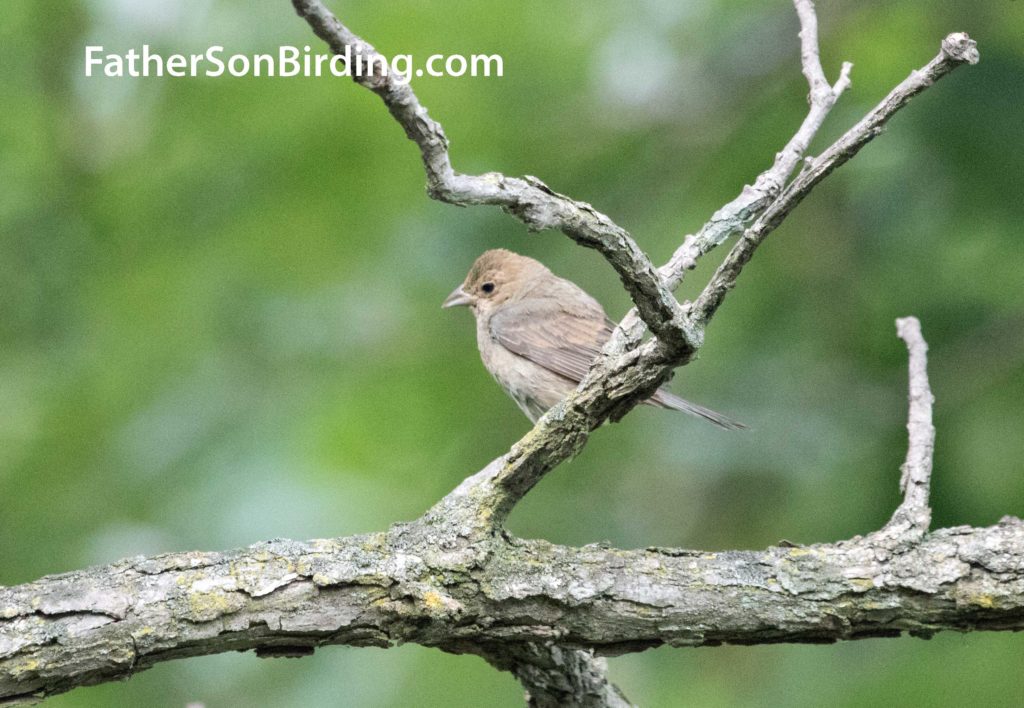
This surprise, drab Indigo Bunting provided an exclamation mark to my Minnesota birding outings. (Photo by Sneed B. Collard III)


